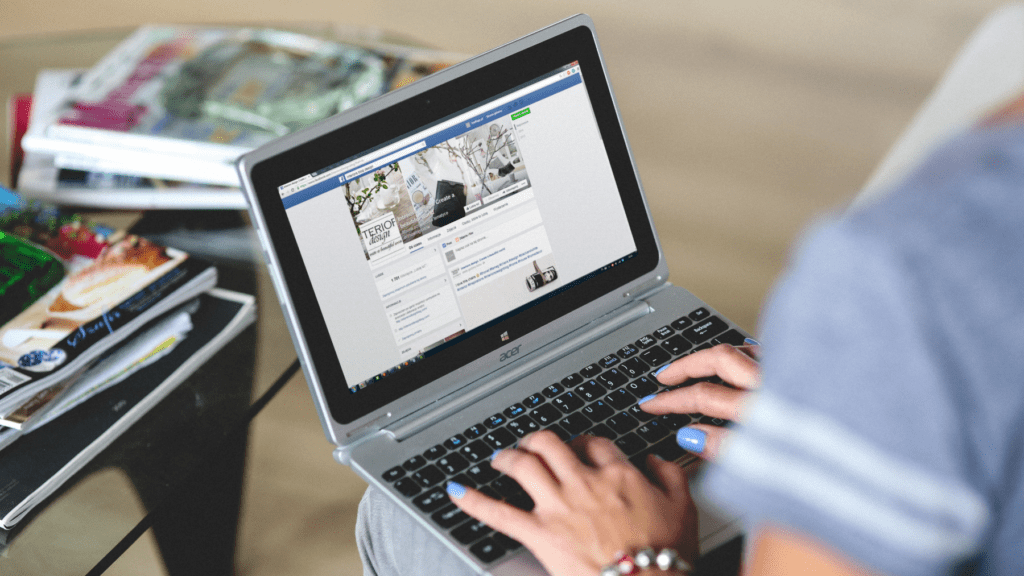6 Things You Need to Do Today to Protect Your Online Privacy
Are you unknowingly handing over your personal data every time you go online?
Most people are. With so much of life happening digitally, online privacy isn’t optional anymore. It’s a necessity. Yet, it’s often ignored until something goes wrong. Data breaches, tracking, targeted ads, identity theft… these aren’t rare events. They’re everyday risks.
The good news? You don’t need to be a tech expert to tighten up your privacy. Here are six straightforward things you can start doing today that make a real difference.
1. Install a VPN
This is one of the fastest and most effective ways to shield your internet activity. A VPN, or virtual private network, encrypts your internet traffic and hides your IP address. Without it, your activity is visible to your internet provider, advertisers, and anyone else snooping on public Wi-Fi networks. With a free VPN, your data gets rerouted through a secure server, keeping your information private even on open networks like those in cafes or airports.
If you use public Wi-Fi often, this isn’t just smart, it’s essential. Even at home, a VPN can limit the amount of tracking and data profiling that happens behind the scenes. Once it’s installed, it works quietly in the background. No need to constantly check it. Just switch it on and go.
2. Adjust Your Privacy Settings
Most apps and websites collect far more information than they need. By default, many platforms are set to gather data that’s then shared with third parties or used for targeted advertising. But you can change that.
Take a moment to go through the settings on your devices, browsers, and favorite apps. Focus on:
- Location access – Only allow when absolutely necessary
- Microphone and camera permissions – Limit to apps that genuinely need them
- Ad personalization – Turn this off to reduce tracking
- App tracking transparency – Disable cross-app tracking when possible
It takes a few minutes, but it gives you far more control over who gets access to your personal habits and preferences.
3. Use Strong, Unique Passwords
Reusing the same password across multiple sites is risky. If one site gets compromised, every other account that shares that password becomes vulnerable too.
Here’s what helps:
- Create long passwords – Aim for at least 12 characters
- Mix it up – Use a combination of letters, numbers, and symbols
- Avoid personal info – Birthdays, names, or common phrases are easy to guess
- Don’t recycle passwords – Every account should have a different one
To keep track of them all, consider using a password manager. It’s safer than storing passwords in your browser or writing them down.
4. Turn Off Unused Features
Many features run quietly in the background of your devices, even if you rarely use them. Things like Bluetooth, location services, and voice assistants often stay active, collecting data and potentially leaving openings for privacy issues.
If you’re not actively using something, turn it off. Disabling location services when you’re not navigating, turning off Bluetooth when no devices are connected, or silencing voice assistants if you never use voice commands can all make a difference. These steps reduce unnecessary exposure, and you might even notice improved battery life as a bonus.
5. Clean Up Your Digital Footprint
Over time, your digital trail grows larger than you realize. Old accounts, forgotten newsletters, and abandoned social profiles often stay online long after you stop using them. Many of these still have access to your personal data and may be linked to outdated security information.
Start cleaning it up. Go through your inbox and search for registration emails from services you no longer use. Visit those sites and delete your accounts if possible. Review your public profiles, and remove any personal posts or outdated information you no longer want online. This isn’t about being paranoid; it’s about having control over what’s floating around and trimming back what’s no longer needed.
6. Be Cautious With What You Share
Sometimes the biggest privacy leaks come from what we post voluntarily. Social media, online forums, and even comment sections can reveal more than intended. Details about where you live, where you work, when you’re traveling, or who you’re with can all paint a very clear picture of your life — one that’s easy to misuse.
Being selective doesn’t mean disappearing from the internet. It just means thinking before sharing. Avoid posting exact locations or travel updates in real time. Be careful with photos that include personal details in the background. And keep in mind that anything you post online, even if deleted later, can be saved or screenshotted by someone else. Privacy is not just about settings, but also about decisions.
Privacy Doesn’t Happen by Accident
Your online life is packed with convenience, but that convenience often comes at the cost of your personal data. The reality is, no one is going to protect your privacy for you. That’s your job.
Start with these six steps. They’re practical, manageable, and make a real difference. Whether you’re checking your privacy settings or finally cleaning out those old accounts, every move you make adds up to a stronger, safer digital presence.
Being online shouldn’t mean being exposed. Give yourself the peace of mind that comes with knowing your information stays where it belongs — with you.
- The Insurance Protection That Comes with Professional Event Technology Services
- Health Surveillance Mistakes That Put Everyone at Risk
- The Future of Fire Safety: Technology and Innovations in Fire Prevention
- Why Every Business Needs Custom Software in 2025
- Why Some Businesses Choose Professional Security Over DIY Solutions

